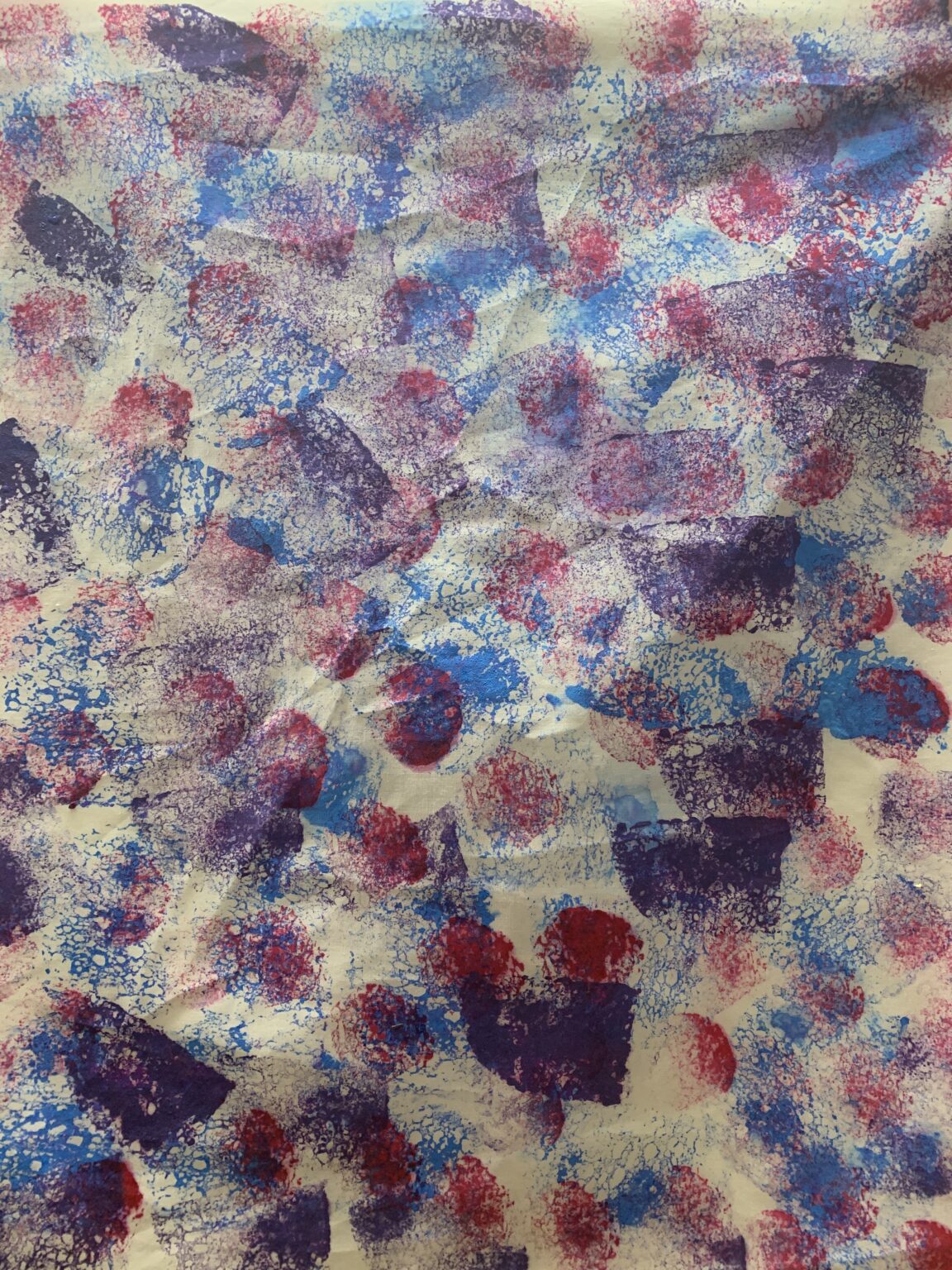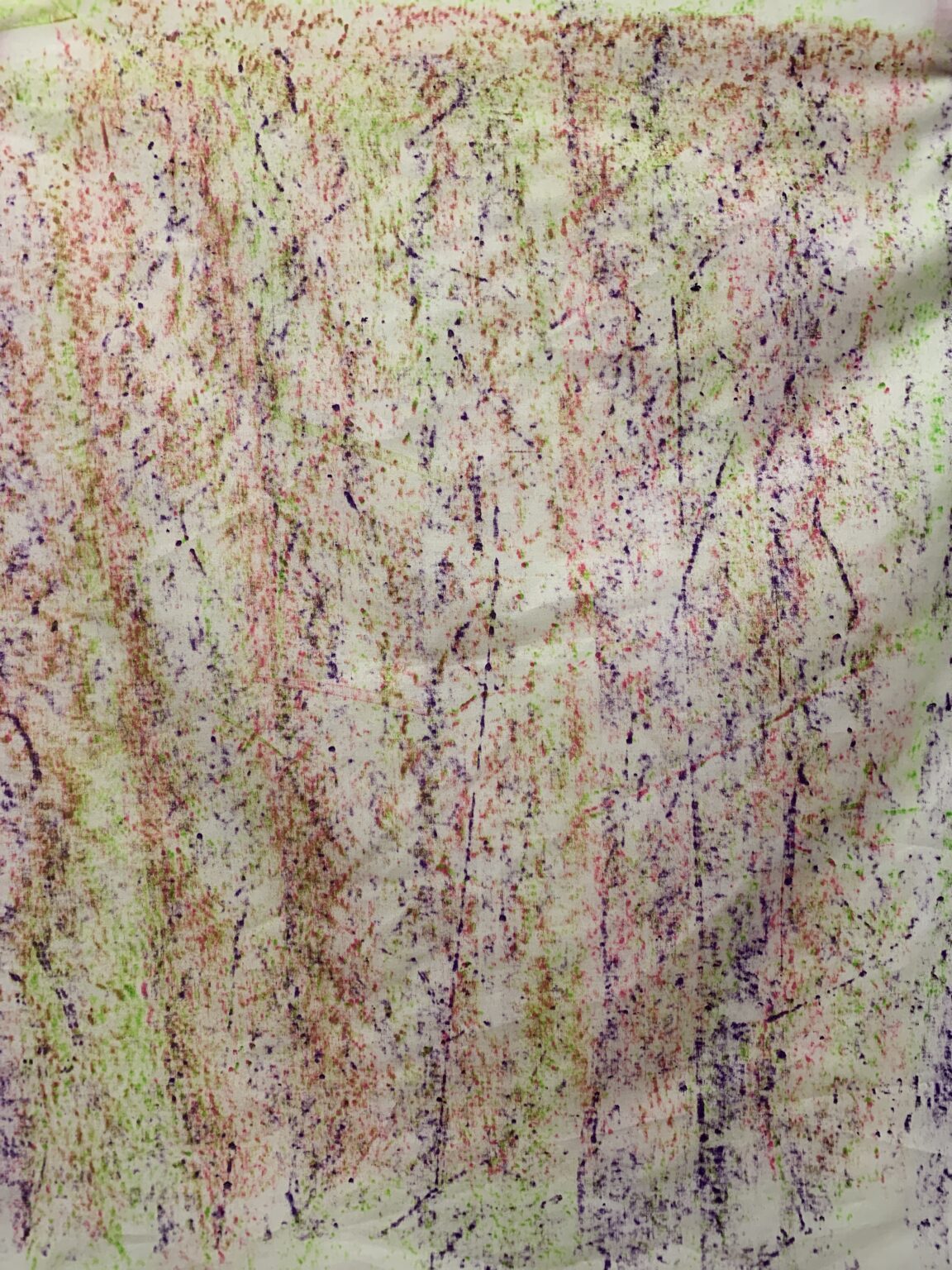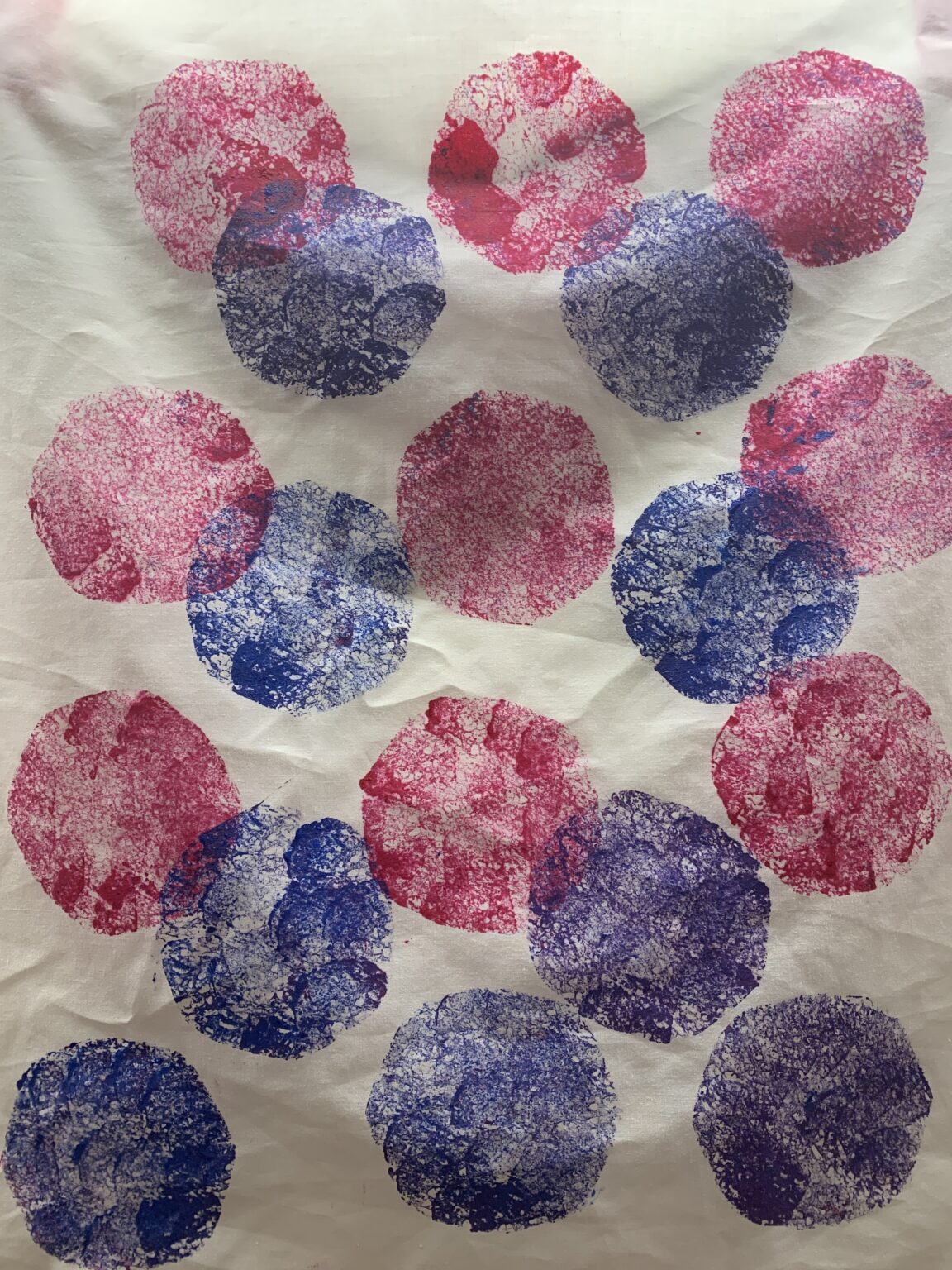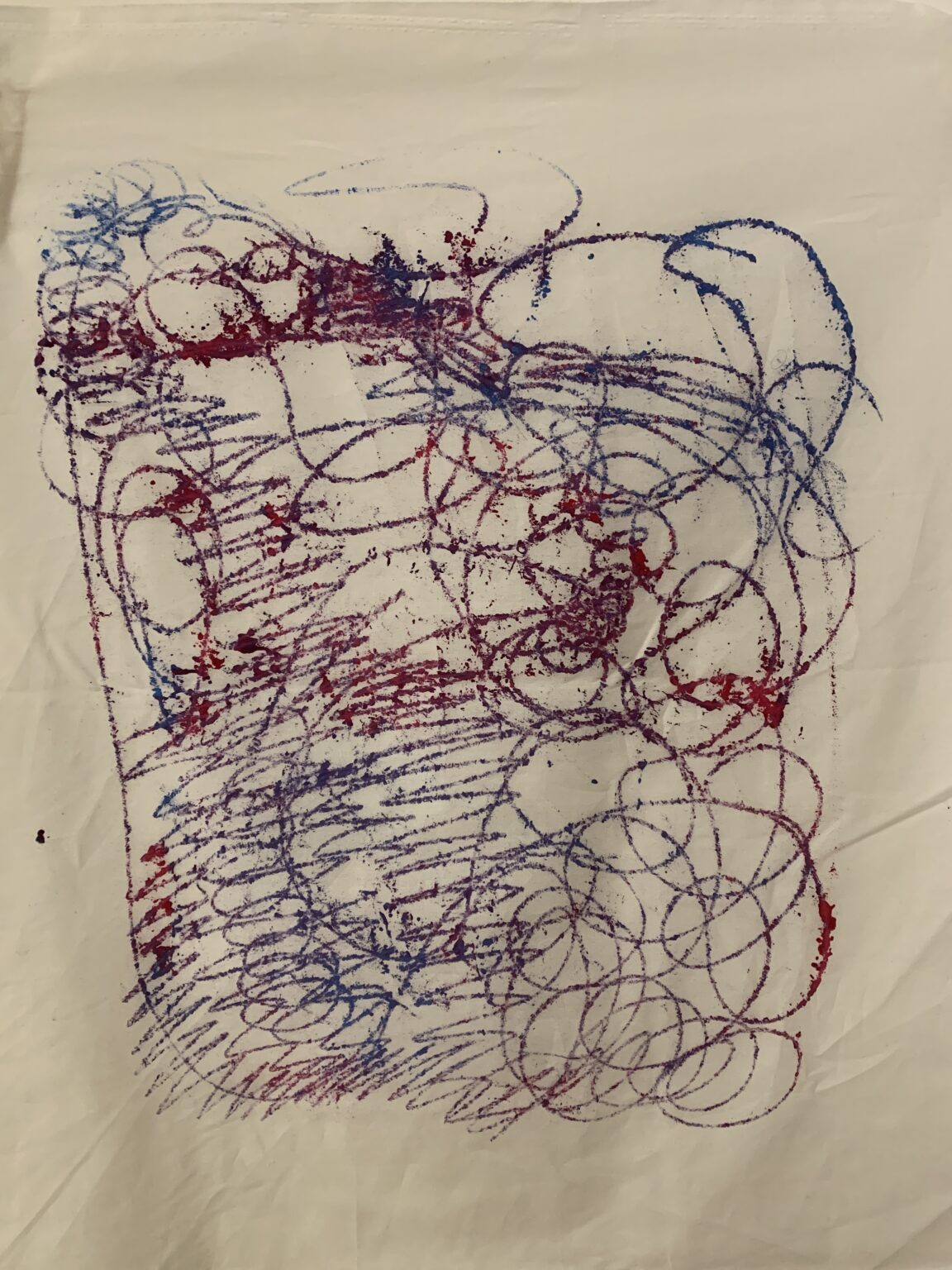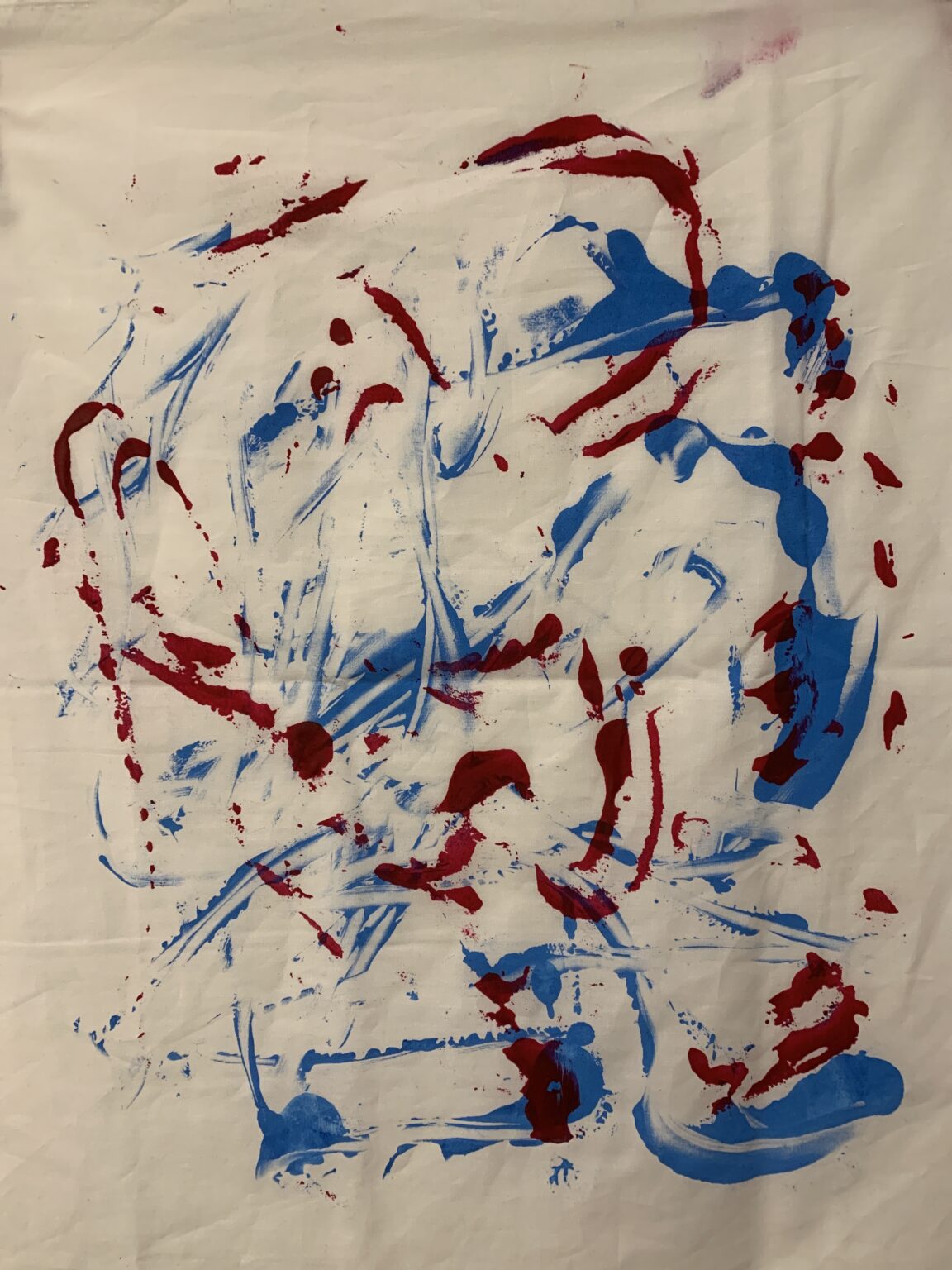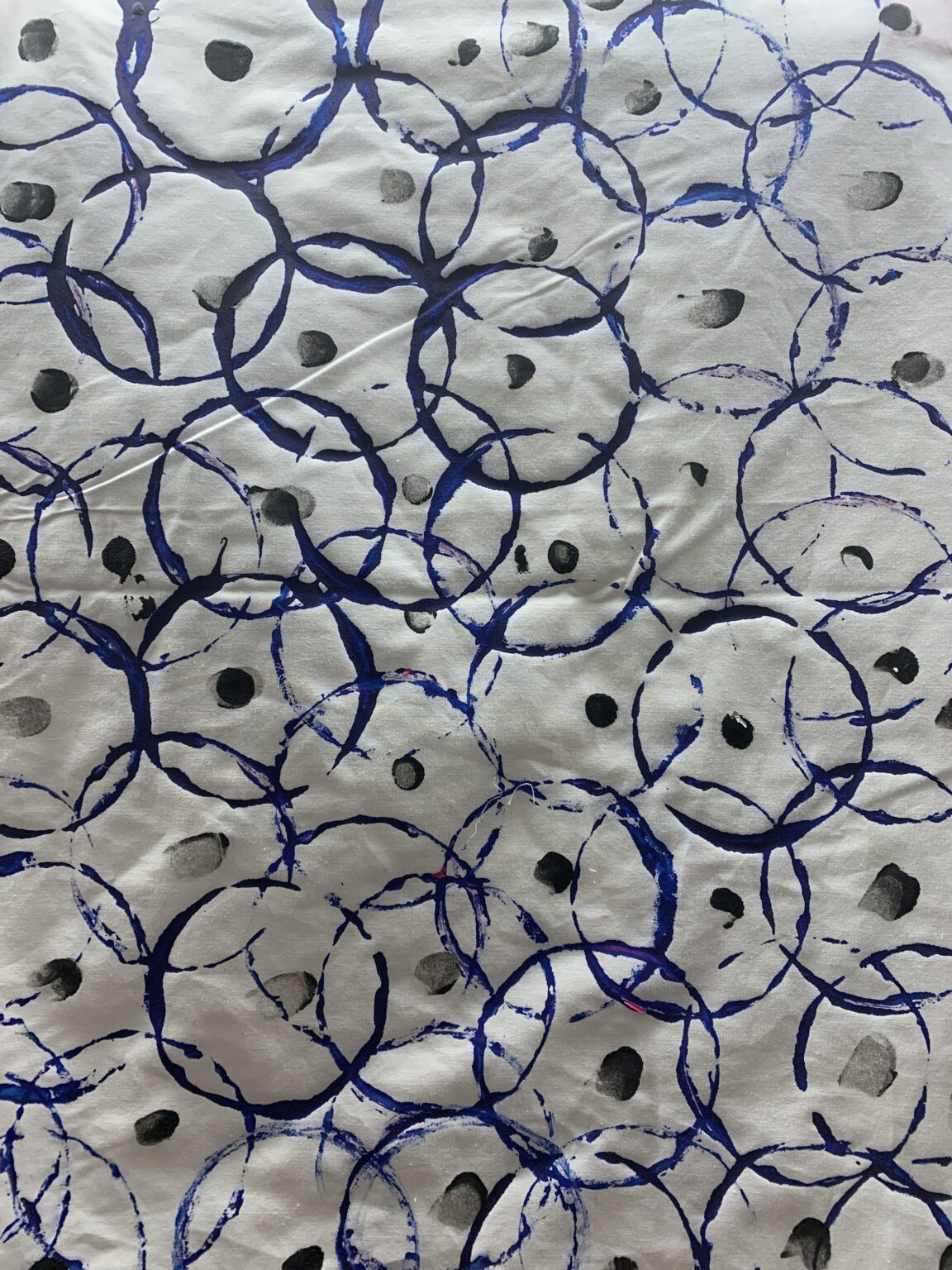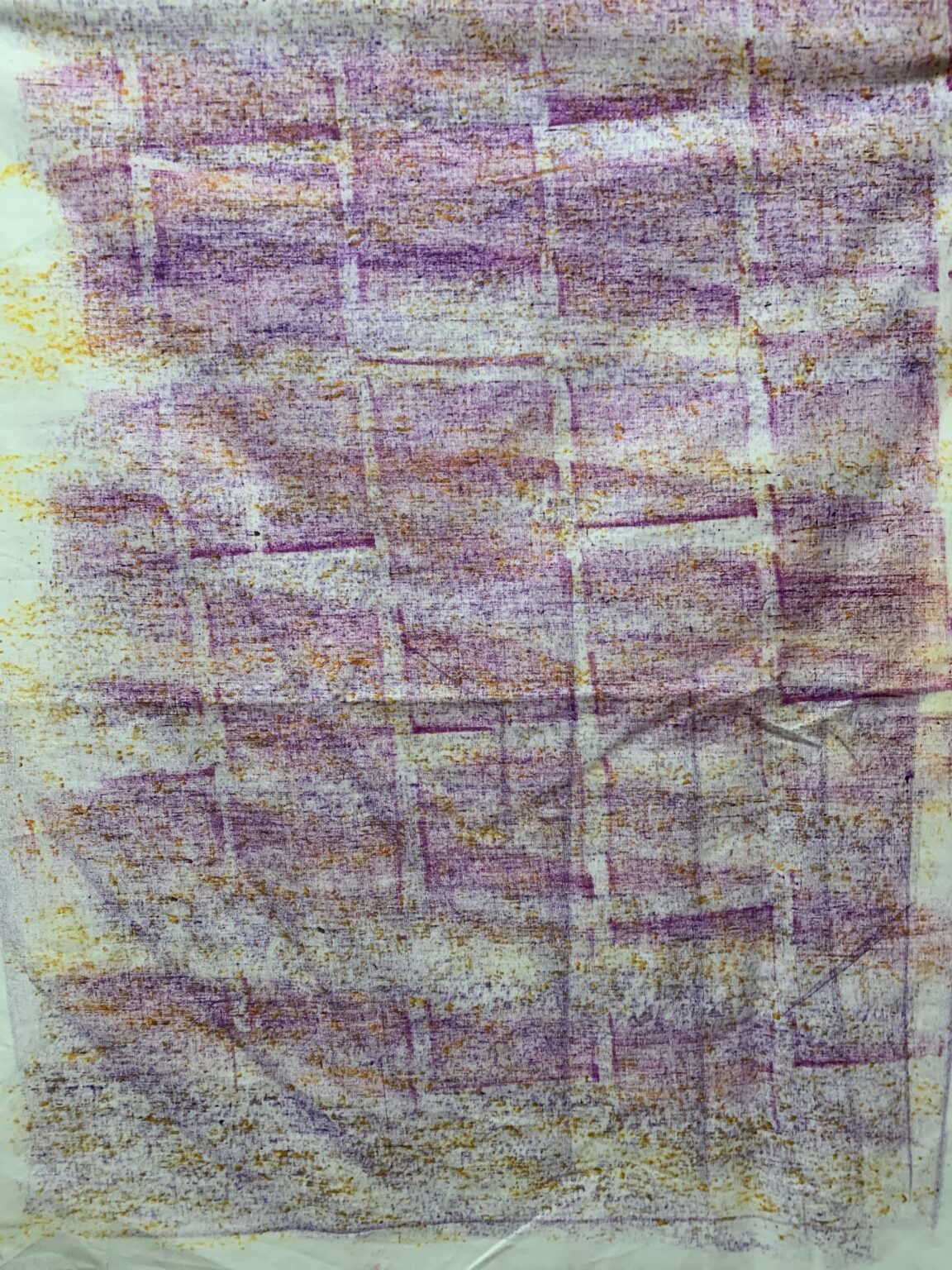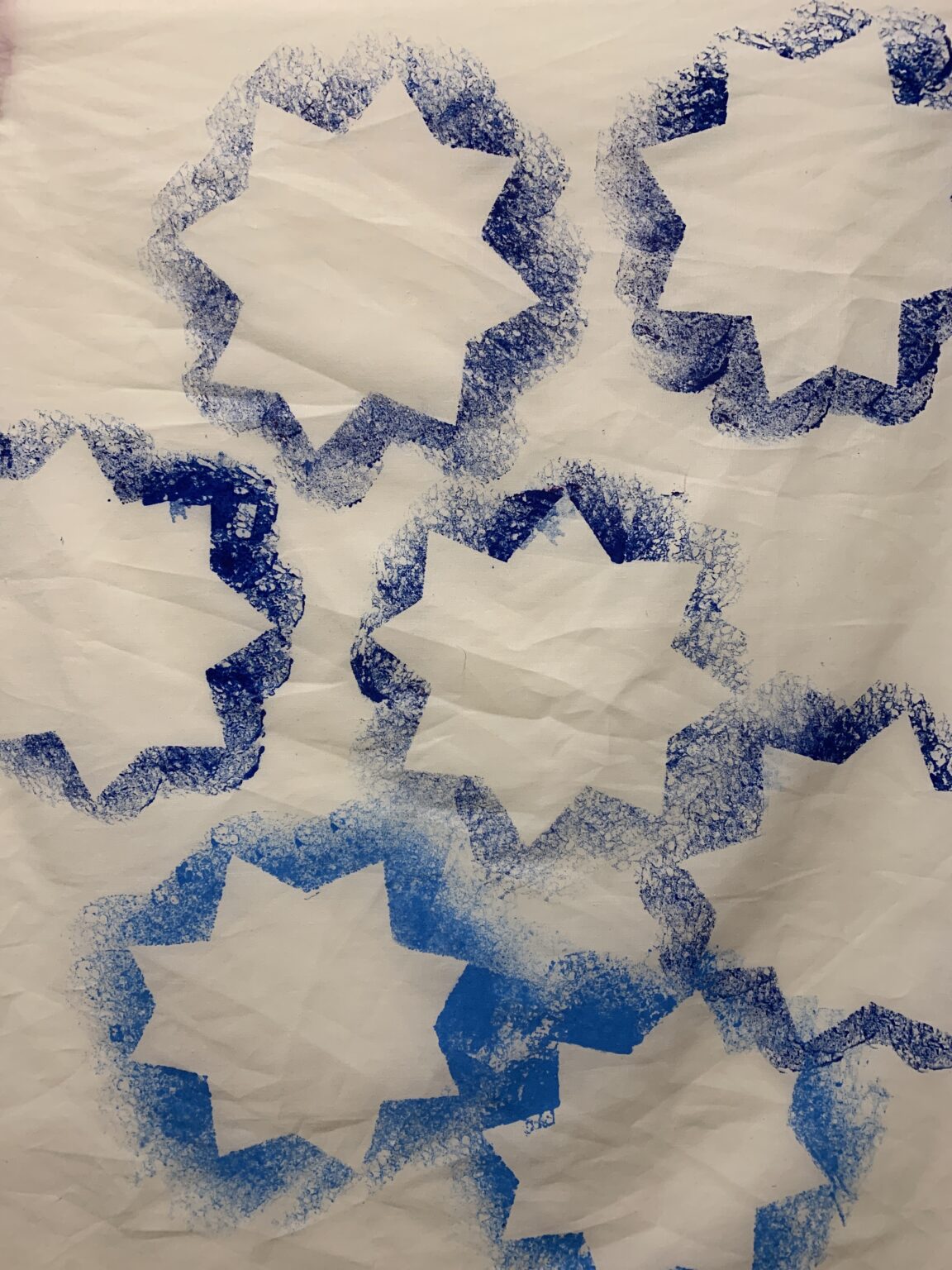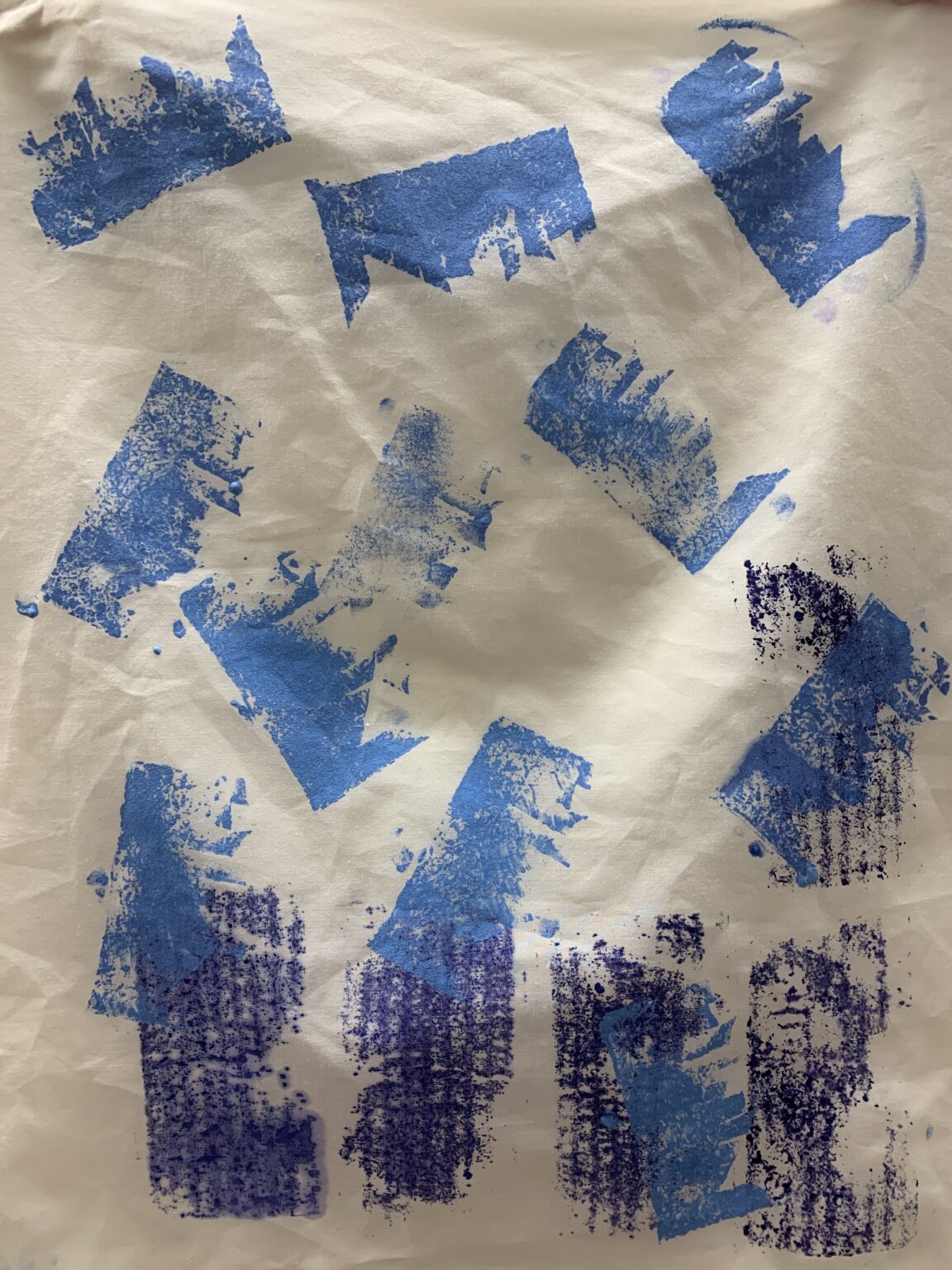K12 Public Education And The Rarity of Printmaking
Lee Shores
This thesis by Lee Shores was conducted as a part of Pratt ADE's capstone class, Curating Learning.
Curating Learning showcases the work of ADE seniors at the culmination of the program as they curate their experiences as artists, cultural producers, and learners. The research projects and related artworks created, emphasize student interdisciplinary connections and reflections on how knowledge is constructed and facilitated through teaching, learning, and curating.
Students integrate theory and practice through reflection and research in the field of art and design education. Students develop their voices as emerging professionals as they synthesize their learning in studio, liberal arts, art and design education, and pre-service teaching as well as co-curricular experiences in both formal and informal settings. Working across media and informed by their own research they created projects that ultimately highlight their perspective on integrating their learning across the studio, classroom, and community.
Curating Learning showcases the work of ADE seniors at the culmination of the program as they curate their experiences as artists, cultural producers, and learners. The research projects and related artworks created, emphasize student interdisciplinary connections and reflections on how knowledge is constructed and facilitated through teaching, learning, and curating.
Students integrate theory and practice through reflection and research in the field of art and design education. Students develop their voices as emerging professionals as they synthesize their learning in studio, liberal arts, art and design education, and pre-service teaching as well as co-curricular experiences in both formal and informal settings. Working across media and informed by their own research they created projects that ultimately highlight their perspective on integrating their learning across the studio, classroom, and community.
Artist Statement
Through creating collagraphs, monotypes, rubbings, and stencils I was able to deconstruct traditional print methods like relief and silkscreen that translate easily to K12 art making. I limited my materials and tools to what is found in my apartment and I was able to use acrylic ink, kitchen sponges, oil pastels, contact paper, oak tag paper, and plexiglass. I was able to use leftover fabric from a different project to print ten textiles with different techniques.
Growing up in public education in a rural community my art making was limited to Drawing, Painting, and Sculpture. Going to PrattMWP as an Art & Design Education major I knew I had to expand my knowledge and get well rounded in different forms of art; it was my freshman spring when I had to choose my studio core and I looked at all the choices and the only thing I hadn’t done was Printmaking. Going forward I had to find student work in printmaking to deconstruct and think about what materials and skills they learned; I could not find anything anywhere for print, I drove an hour away two find a high school class practicing printmaking twice. I started asking myself why can’t I find print anywhere I’ve gone, why haven’t I learned about this in my own education? Has anyone else had this experience?
The art community has built this hierarchy that puts Drawing, Painting, and Sculpture on top and every other art form struggles to prove itself as a fine art. Art teachers bring this hierarchy in their classrooms when they only focus within those areas and students aren’t able to experience Printmaking or other art forms. Some art teachers say they don’t have the proper materials, space, or equipment to practice print but it doesn’t take the finest materials to translate the skills necessary for print. An artist that inspired me the most was Jesse Krimes and how he created a forty foot mural of bedsheets with image transfers while he was incarcerated. His access to materials was limited and the space was small, but he was still able to create work through print methods of image transfers. Through this experimentation with fabric and the materials that I am close to has engraved the motto “the studio is where I am” into my mind because art can be made with anything around us as long as we are open to experimentation and letting go of what we think we need.
Growing up in public education in a rural community my art making was limited to Drawing, Painting, and Sculpture. Going to PrattMWP as an Art & Design Education major I knew I had to expand my knowledge and get well rounded in different forms of art; it was my freshman spring when I had to choose my studio core and I looked at all the choices and the only thing I hadn’t done was Printmaking. Going forward I had to find student work in printmaking to deconstruct and think about what materials and skills they learned; I could not find anything anywhere for print, I drove an hour away two find a high school class practicing printmaking twice. I started asking myself why can’t I find print anywhere I’ve gone, why haven’t I learned about this in my own education? Has anyone else had this experience?
The art community has built this hierarchy that puts Drawing, Painting, and Sculpture on top and every other art form struggles to prove itself as a fine art. Art teachers bring this hierarchy in their classrooms when they only focus within those areas and students aren’t able to experience Printmaking or other art forms. Some art teachers say they don’t have the proper materials, space, or equipment to practice print but it doesn’t take the finest materials to translate the skills necessary for print. An artist that inspired me the most was Jesse Krimes and how he created a forty foot mural of bedsheets with image transfers while he was incarcerated. His access to materials was limited and the space was small, but he was still able to create work through print methods of image transfers. Through this experimentation with fabric and the materials that I am close to has engraved the motto “the studio is where I am” into my mind because art can be made with anything around us as long as we are open to experimentation and letting go of what we think we need.
K12 Public Education & The Rarity of Printmaking

